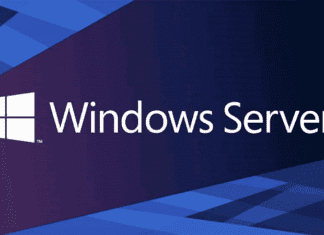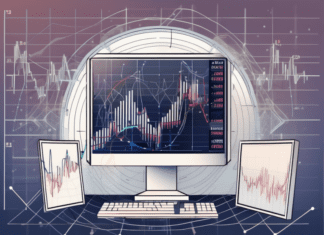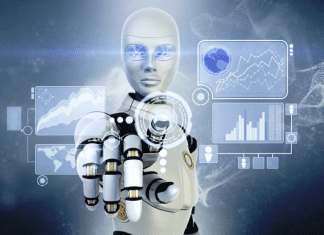Data science and statistics are two different fields, and yet they have multiple similarities. For instance, they can both be used to extract data and analyze it to solve real-world issues. Data scientists heavily rely on statistical analysis. And for someone who wants to be a data scientist must have knowledge of statistics. Apart from stats, the individual must be well versed in other areas as well, such as machine learning, computer science, and programming. You can learn these skills by doing a certification course. I remember how my friend opted for Spectrum bundles offer to do online certification in order to enhance his skills as a data scientist.
There are so many similarities between data science and statistics that anyone can consider it being the different names for the same field. However, that is not the case. With that said, let’s have a look at their differences.
1. Basic Concepts
Data scientists get the data with the goal of answering questions to particular problems. They are focused on developing systems that can help with the extraction and analysis of data. And then, this data is converted into useful results. Those who are involved with big data have to handle loads of information. They are responsible for getting access to data from informational warehouses. The individuals who are related to this field usually work with various companies. Some of them use the data so they may provide businesses important insights which can help them make the right decision. While others make the system that can automate the decision-making for the companies.
Statistician uses statistical and mathematical models to analyze data. Just like data scientists, the focus of people involved in this field is to collect data, analyze it and then deliver insights that can help with decision making. The only difference is that statisticians use mathematical equations to derive conclusions.
2. Career Choices
Both data scientists and statisticians can work in a range of different fields. Let’s have a look at some of the career options.
a). Data Science
People who study data science can choose to pursue a career as a data engineer, data analyst, data scientist, and business intelligence analyst.
b). Statistics
Those who are interested in statistics can choose to become a statistician, econometrician, and public health statistician.
3. Skill Set
For anyone who wants to pursue a career in the field of data science or statistics must have a master’s degree. Apart from technical skills, individuals should also be well equipped with soft skills if they truly want to succeed in these two areas.
a). Data Science
If you want to follow a career as a Data scientist, then you must have a data science degree.
- Since data scientists have to deal with databases, they should know about different computer languages such as Python, SQL, C++, and Java.
- The individuals should also be familiar with mathematics and statistical analysis.
- A degree in data science will also help people as this field will require them to write codes and manipulate data.
- They should know how to work with algorithms.
- Individuals should be equipped with strong analytical skills. This is because you will be required to define problems and analyze data.
- People who are interested in data science should have strong problem-solving skills.
b). Statistics
Statisticians should be exceptionally good in mathematics or statistics.
- The reason why you should have strong experience in mathematics is that your job will include you solving complex calculations. Also, you will need to know about linear algebra and calculus.
- They also need to have some knowledge regarding computer programming languages as it will help them develop tools to streamline their statistical analysis.
- Statisticians need to have strong communication skills. This is because they will be required to present their findings and would also be required to work with different team members.
- In addition to communication skills, the individuals must also have organizational skills.
Real-World Applications
Data science and statistics have a range of various applications. But the thing is that people who are unfamiliar with the two would be unaware of the concepts that derive these analyses. Let’s take a look at real-life examples of statistics and data science in action.
A). Data Science
- Data scientists can significantly reduce the chances of traffic accidents. How? Well, the individuals can easily collect all the data regarding traffic, vehicle flows, and incidents. They can then figure out a pattern of movement along with the behavior that contributes to the accidents. This will help them know about the reason that causes accidents.
- Data science is also popularly used in the e-commerce industry, allowing businesses to collect consumer data that they can capitalize on to suggest relevant products to their target audience.
B). Statistics
- Statisticians can use their skills to create models which can accurately predict weather forecasts.
- Public health officials may take the help of statisticians to figure out if there is a need to launch any new initiative.
Conclusion
Data science and statistics are two very different fields. However, there is a lot of similarity between the two, which is why people at times get confused. But you shouldn’t be! Remember that these two areas are not the same and require different skills to either become a data scientist or a statistician. Plus, there are different career options available for people who are interested in data science and statistics.








